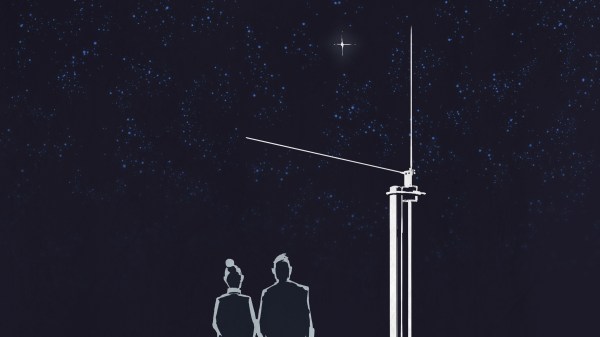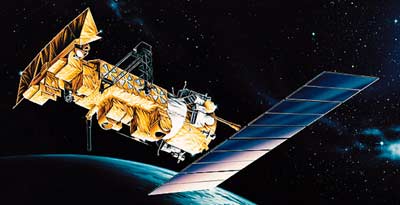What’s the GitHub repository you have created that you think is of most note? Which one do you think of as your magnum opus, the one that you will be remembered by? Was it the CAD files and schematics of a device for ending world hunger, or perhaps it was software designed to end poverty? Spare a thought for [AasishPokhrel] then, for his latest repository is one that he’ll be remembered by for all the wrong reasons. The poor guy created a repository with a scatalogical name, no doubt to store random things, but had the misfortune to inadvertently create the billionth repository on GitHub.
At the time of writing, the 💩 repository sadly contains no commits. But he seems to have won an unexpectedly valuable piece of Internet real estate judging by the attention it’s received, and if we were him we’d be scrambling to fill it with whatever wisdom we wanted the world to see. A peek at his other repos suggests he’s busy learning JavaScript, and we wish him luck in that endeavor.
We think everyone will at some time or another have let loose some code into the wild perhaps with a comment they later regret, or a silly name that later comes back to haunt them. We know we have. So enjoy a giggle at his expense, but don’t give him a hard time. After all, this much entertainment should be rewarded.



















